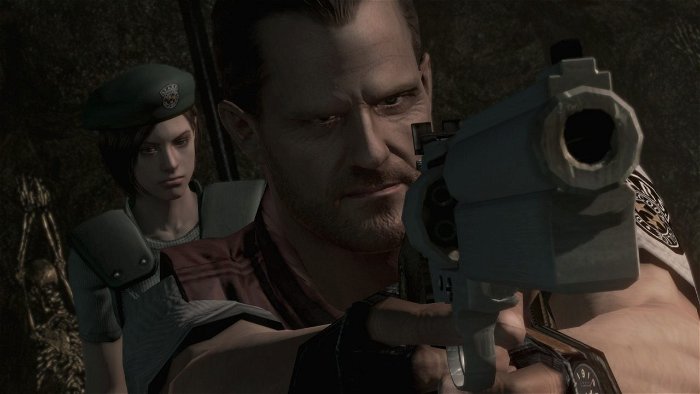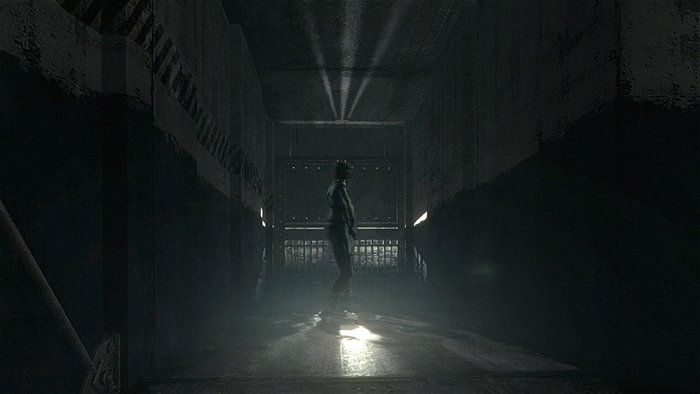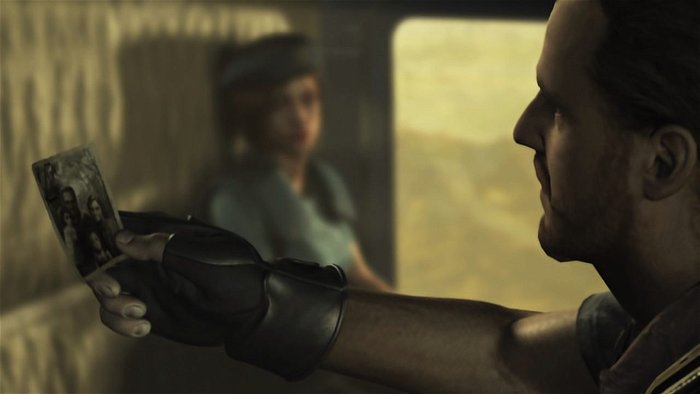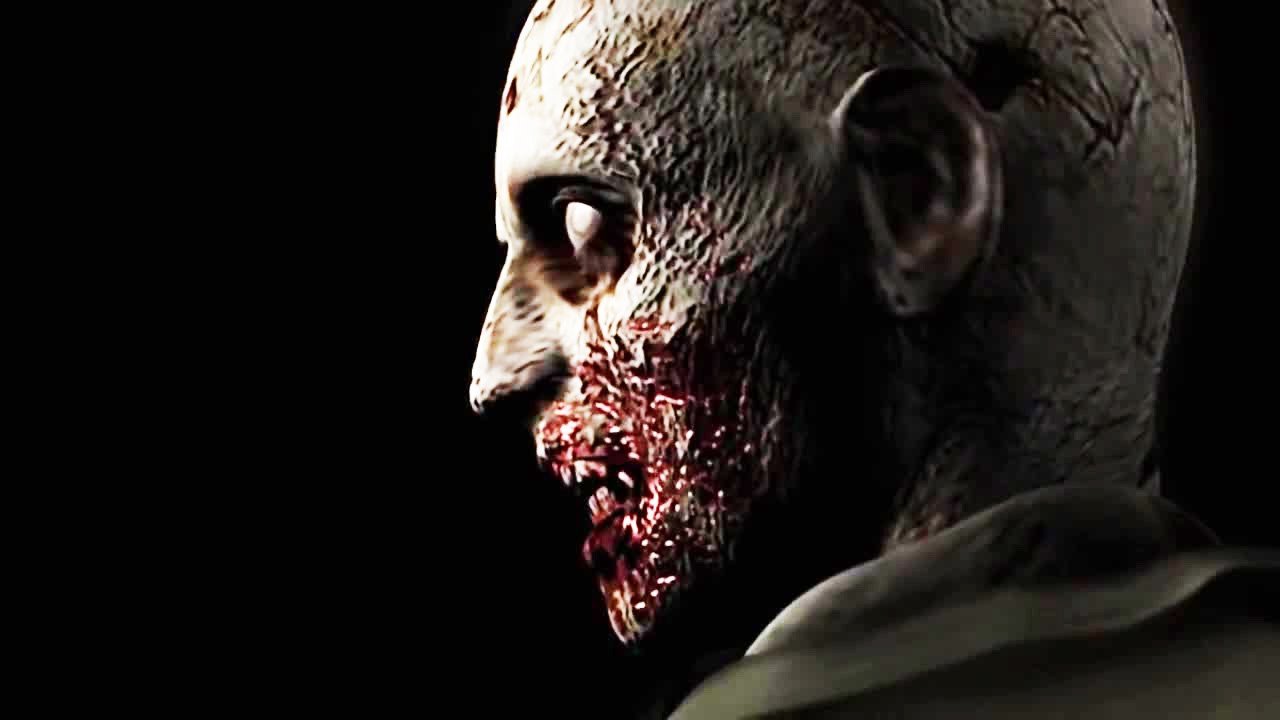I don’t think I was scared outright when I first played Resident Evil, but it was definitely unnerving. Having come to the 1996 PlayStation survival horror a few years after its release, I explored the Racoon City mansion with some knowledge of what I was in for, and that lessened a bit of the fear that comes with complete surprise. Still, its creaking wooden doors, shadowy hallways, and groaning zombies were effective enough at creating a sense of dread that the game consistently freaked out my younger self. Probably the best thing that can be said about Capcom’s new Resident Evil HD Remaster is that it achieves the same sense of lingering horror as its source material while simultaneously making the entire experience easier for modern audiences to appreciate.


Based on 2002’s GameCube reimaging of the original Resident Evil, HD Remaster is closely modelled on its source material, only with increased audio-visual fidelity and improved control options. After choosing to assume the role of either special operative Jill Valentine or her partner Chris Redfield, the player is thrown into the investigation of a series of mysterious murders taking place in the woods surrounding the fictional Racoon City. Soon enough, Jill, Chris, and their fellow agents find themselves locked into a sprawling mansion, whose rooms are filled with strange monsters and arcane traps. Progressing through the house involves a bit of creature killing, careful management of the scarce items and weapons found throughout the environment, and a whole lot of adventure game-style puzzle solving.

For the most part, the Resident Evil gameplay formula holds up remarkably well—which is impressive considering that nearly 20 years have passed since its introduction. While the combat lacks any real depth—keep distance from enemies, shooting and stabbing them until they fall over—the process of actually moving through the mansion is enjoyable. This is largely thanks to Capcom’s excellent puzzle design, which perpetuates itself by turning the reward for bypassing one obstacle into a clue for another. Throughout most of Resident Evil, players are blocked off from entering a new area until they’ve sussed out the solution to a puzzle. After, say, figuring out how to grab a key locked beneath a floor grate, the game will almost always ask players to continue forward by using that same key to unlock new rooms—and new puzzles. The mansion is designed in such a way that gaining access to previously inaccessible areas of a single, interconnected environment is consistently satisfying. Part of Resident Evil’s genius—and a big reason why it’s still fun even now—is the sense of place developed by what is essentially just an enormous puzzle box that can only be solved one layer at a time.


Given the amount of exploration required to navigate the game’s puzzles, the introduction of an option to switch between traditional and modernized Resident Evil control schemes is very welcome. Whereas the original game used awkward “tank-style” character movement (where player navigation doesn’t automatically adapt to changing 3D camera angles), the update brings the game in line with modern third-person games. The more intuitive control option goes a long way in a title based so heavily on running back and forth through tight corridors, and helps mitigate the occasional frustration that comes from navigating the awkward camera angles that accompany the game’s static, pre-rendered backgrounds.
To Reid’s extended review, pick up the Feb issue of CGM.





